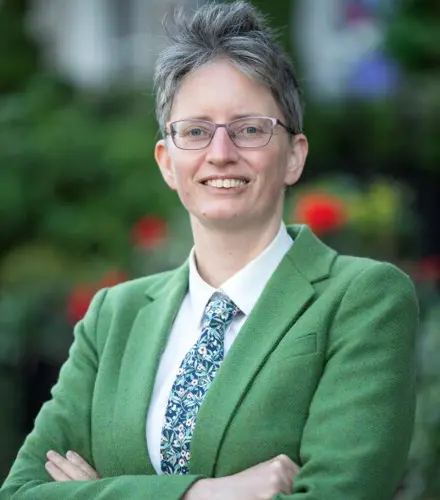As I reluctantly turn down another interesting-sounding invitation I reflect that it must be difficult to get attendance at natural capital events in Scotland just now. Everybody seems to be throwing all their energy into their applications for the Facility for Nature Ready Investment in Scotland (FIRNS) grant scheme, in advance of the deadline on 16 June.
I wanted to take a moment out of struggling with applications to tip my hat to the Heritage Lottery and NatureScot, who have designed the scheme. For 'development phase' projects, where most of us seem to be at, grants of up to £100,000 are available, to be spent over six months next winter. The money must be directed to kick-starting innovative, community-engaging approaches to natural capital investment. There are few rules on how the money is spent, or pressure to deliver outcomes.
The result is an outpouring of collaboration and innovation. Estates and communities are working together. New farm clusters are being formed, sensing at last real benefit in collaboration. Natural capital experts like me are suddenly no longer abstract philosophers whose theories have no clear application: we are the key partners who can help unlock real investment in rural communities. People are suddenly hungry to know, how does natural capital really work, and how can we make it work for us?
It's a clever scheme. Perhaps its cleverest feature is one we all found very irritating: NatureScot and Heritage Lottery have not announced the size of the grant pot. We don't know whether they will fund two or three projects, or everything meeting a certain threshold. This means we are all simply giving it our best shot, rather than trying to undermine the competition. Specialists like me are able to get involved in several projects, and cross-fertilise good ideas while also drawing out unique features. As part of the process, the Green Finance Institute were commissioned to run a series of excellent webinars to build capacity amongst applicants. You can watch them here: when it becomes available, check out the one about engaging with land managers, at which I was a speaker.
We know the bar will be high: we have heard that there were around 70 expressions of interest. But we also know that some of those - such as national-level proposals to develop new carbon codes - were discouraged in the feedback for not meeting the criteria of community engagement. All the proposals I am involved in received encouraging feedback, because they are genuinely developing new local ways of working.
The projects I'm involved also in have something else in common: the community stakeholders have said to me, 'if we don't get the funding, we'll go ahead with this anyway and make it work'. That shows the level of genuine belief, commitment and excitement that has been unlocked around using natural capital for community wealth building.
Could NatureScot and Heritage Lottery do this on the cheap, and fund one winning project on the basis all this other work will happen anyway? They could try – but it would be at the expense of a lot of momentum and risk burnout amongst developers. So I hope they will be generous. This money will be spent, not on tree planting or wildflower seeds, but on hiring the village hall, the local caterer, the local musicians, bringing people together, creating community, de-fusing old tribes and conflicts, creating a huge buzz around the possibility of working together, and developing new structures to deliver a nature-rich, locally-rooted economy in Scotland. It could be one big party - and it could be transformative.
* Natural Capital: The expert advisers at Galbraith guide our clients in realising value in all land uses – by assessing and measuring natural assets, furthering opportunities in biodiversity net gain, and ensuring stakeholders are rewarded fully for their investment in and contribution to delivering ecosystem services and net-zero outcomes.

